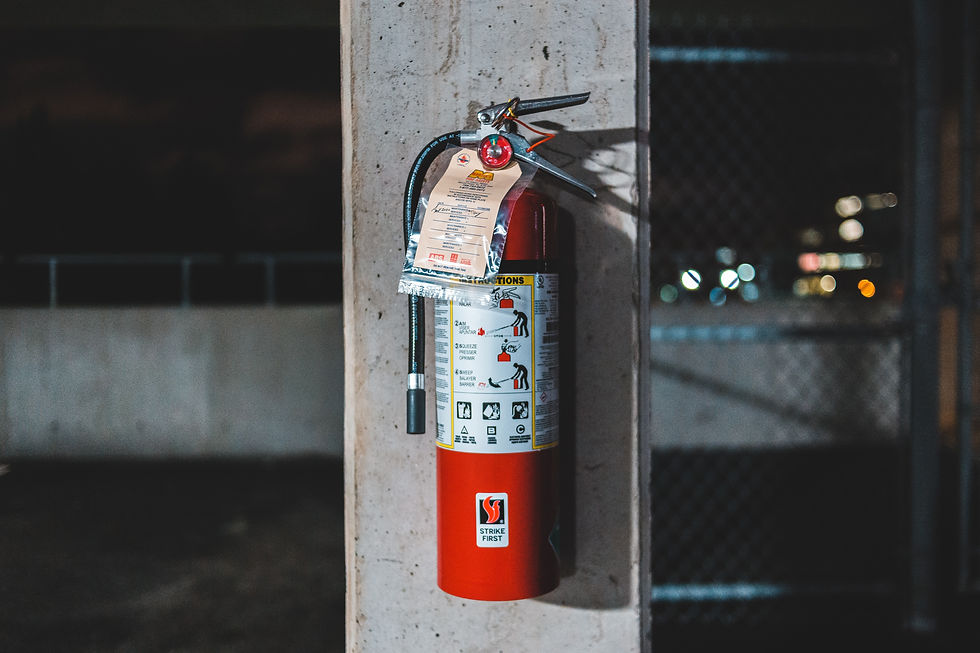Wildfire Season is Approaching
- stanhwu2
- May 7, 2021
- 2 min read
As we get closer to summer, there are a few things that we're all looking forward to:
Warm weather
Outdoor activities
Improving conditions for the COVID-19 pandemic (fingers crossed)
There is one thing that also needs to be added to that list: wildfires. If the past few summers were a sign of things to come, wildfires are continue to impact our lives for years to come. The relatively dry winter the West Coast experienced means the area is at heightened risk of wildfire. Certain parts of California have already issued Red Flag Warnings for this coming weekend.
Be Informed
If you are in an area known to be affected by wildfires, regularly check for wildfire warnings. Here is a list of resources you can use to be informed about wildfire risks in your area and around the country. Some of these maps also include air quality index data.
Check your local weather forecast through a mobile app, weather service website, or local news station.
Check the National Weather Service Fire Weather site.
Check the AirNow Fire and Smoke Map.
The National Weather Service (NWS) issues wildfire risk announcements in one of these three categories:
Fire Weather Watch: Be Prepared. A Watch alerts the public that upcoming weather conditions could result in extensive wildland fire occurrence or extreme fire behavior. A watch means critical fire weather conditions are possible but not imminent or occurring.
Red Flag Warning: Take Action. Be extremely careful with open flames. NWS issues a Red Flag Warning when fire conditions are ongoing or expected to occur shortly.
Extreme Fire Behavior. This alert implies a wildfire is likely to rage of out of control. It is often hard to predict these fires because they behave erratically and sometimes dangerously.
Be Prepared
Create a fire-resistant zone that is free of leaves, debris or flammable materials for at least 30 feet from buildings.
Establish an emergency plan, including establishing evacuation routes if you need to leave the building and area. Practice taking these evacuation routes.
Set up a room that be isolated from outdoor air to avoid exposure to wildfire smoke. Use an air purifier in the room to keep indoor air pollution low.
Put together an emergency supply kit and keep it easily accessible in case you need to evacuate.
For more information on preparing for wildfires and other emergencies, visit ready.gov.












Comments